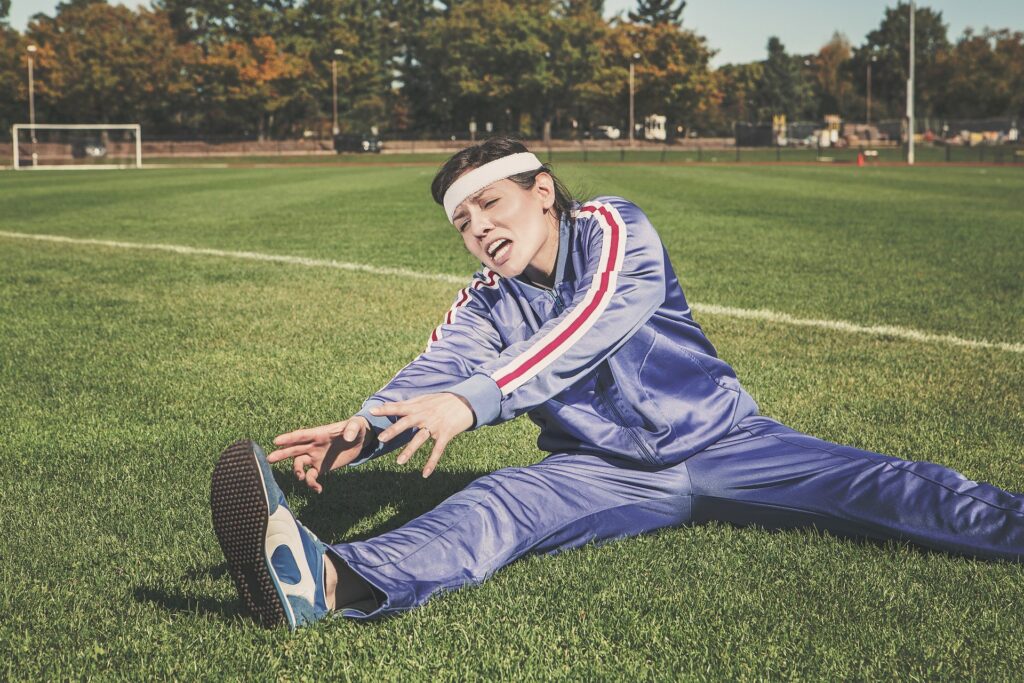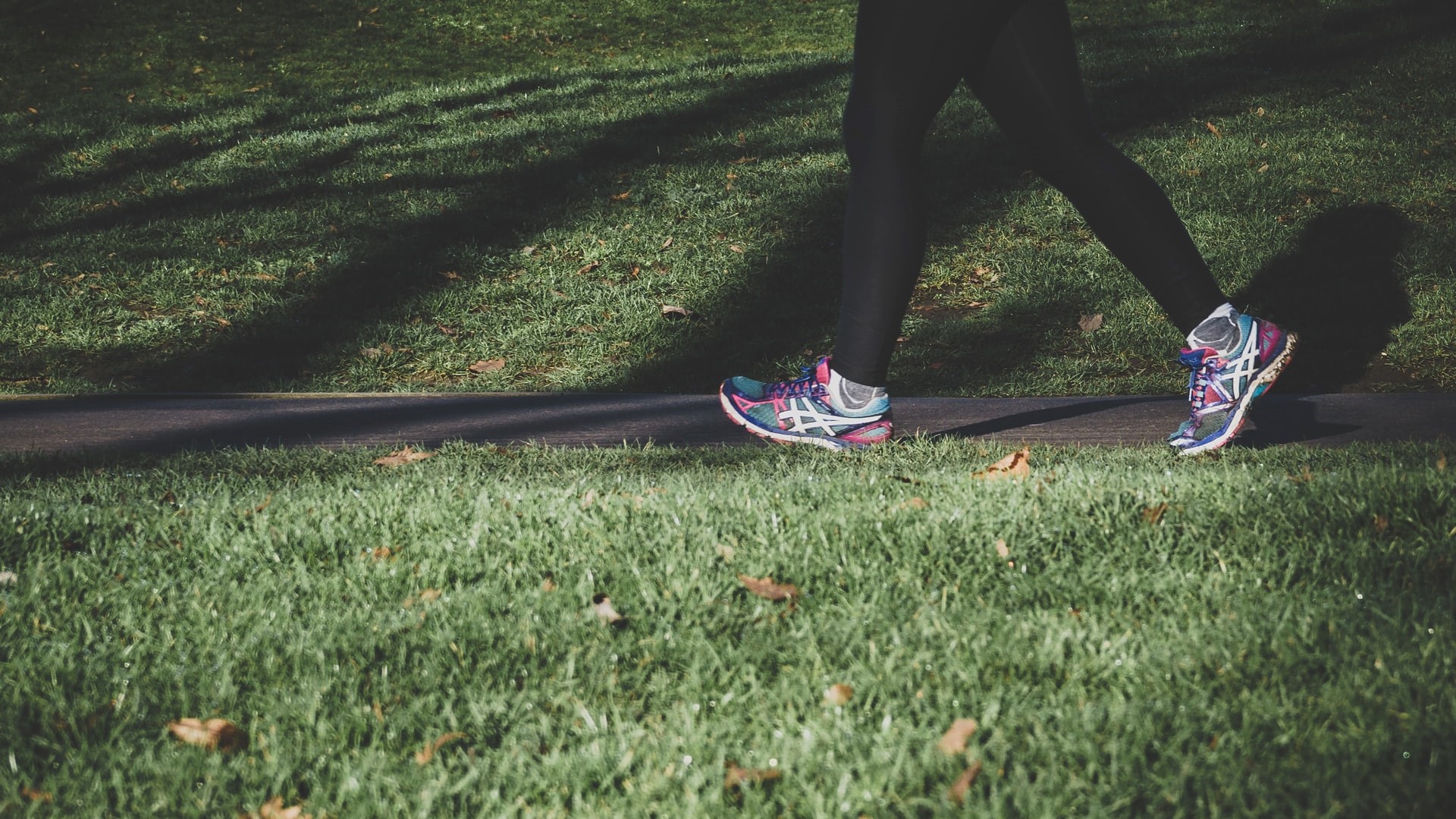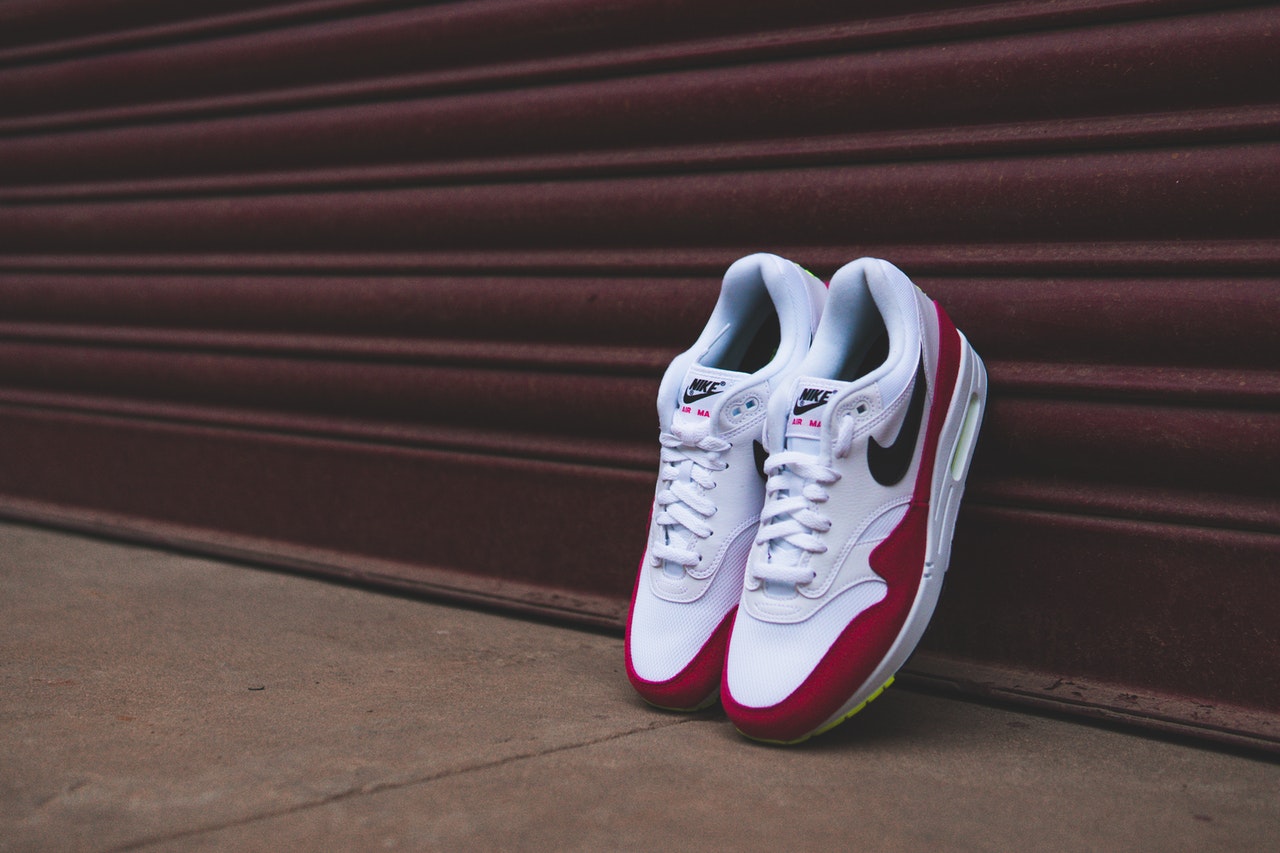The 5 components of physical fitness are often used in our school systems, health clubs and fitness centers to gauge how physically fit we are. Total fitness is made up of:
- Cardiovascular Endurance
- Muscular Strength
- Muscular endurance
- Flexibility
- Body Composition
The concept of “fit” means something different to everyone. Two people can be indifferent to each other’s style, while one person might be a huge celebrity or have a perfect physique. When you prioritize physical fitness, you already know the benefits. It’s essential to comprehend the concept of fitness and to learn how to achieve it.

Fitness takes into account five key components. A comprehensive list of physical activity guidelines is outlined in the American College of Sports Medicine (ACSM) Manual of Physical Activity Guidelines. These guidelines provide a helpful guide to organizing and carrying out a well-balanced fitness program.
Table of Contents
What is Physical Fitness?
It is essential to an individual’s complete health that they maintain physical health; this includes everything from their overall well-being to their fitness level. Moreover, it can also be defined as being physically well, in which one can manage their daily activities without problems.
Throughout the components of physical fitness, total fitness can be express as to how well the body performs as a whole. A person must be able to bench press twice his or her body weight to come close. Furthermore, it is imperative to determine your tolerance for running a mile.
5 Components of Physical Fitness:
To achieve physical fitness, the following ingredients are necessary: cardiovascular endurance, muscular strength, muscular endurance, flexibility, and body composition, according to Fit Day. Almost everyone in the fitness community agrees that these five elements are essential to maintain physical fitness, though the exact requirements for fitness can differ personally.
1. Muscular Strength:
It is the force a muscle can produce that determines its strength. Exercises like the bench press, leg press, or the bicep curl would qualify as examples. The push-up test is the most popular test for measuring muscular strength.
This is the physical strength you need to lift heavy objects or carry them. With no muscular strength, your entire body would be weak and wouldn’t be strong enough to keep up with the demands on it.
Increased strength is achieved through lifting heavier weights over a more extended period and performing reps of 4 or 6 within the spectrum of 12 to 15 repetitions. It is essential to know that the more weight you lift, the fewer repetitions you should perform.
2. Muscular Endurance:
A body’s ability to retain energy for specific periods is the muscles’ ability to continue working continuously without fatigue. Exercise machines such as cycling, step machines, and elliptical machines are examples of cardiovascular exercise. The sit-up test is an endurance test often used to examine muscular endurance. However, for fast results, you can try hoist v4 home gym.
Your muscles’ endurance can be measured by the degree to which they can withstand repeated contractions. In other words, the muscles are used for an extended period instead of some seconds of lifting or carrying something.
Increasing strength can achieve by training with light weights and working 20 – 25 reps. By working with lighter weights, the protein fibers necessary for muscular endurance are introduced, and if you raise the rep range, you will retain more muscle mass.
3. Flexibility:
An individual’s flexibility refers to moving through the available range of motion of a single joint. The ability to perform specific functional movements such as the lunge or stretching individual muscle groups would be examples.
Fitness is not complete without flexibility, one of the essential components of physical fitness. Muscles and joints become stiff without flexibility, causing limited movement and limited joint flexibility. By training flexibility, your body can move through its entire range of motion without experiencing discomfort or stiffness.
You can test your flexibility by leaning forward and touching your toes. Depending on their flexibility, some people will handle their toes, while others who do not have as much flexibility won’t. It is a good idea to sit on the floor and reach toward your toes to exercise your flexibility. You will find that getting your toes and even further with a bit of flexibility is no problem at all.
Related: 10 Best Steel Toe Boots For Winter
4. Cardiovascular Endurance:
An individual’s cardiovascular system’s capacity to serve as a source of oxygen and fuel to the body during sustained workloads is measured by how well his/her heart and lungs cooperate. This is your body’s ability to endure activities such as running, jogging, swimming, cycling, and anything else that requires the heart, lungs, and veins to contract for prolonged periods. Oxygen fuels your muscles through the heart and lungs, ensuring that they have the oxygen they need to complete their work.
There are two commonly used tests to assess cardiovascular endurance: the Isometric Step Test and The Cooper Run. They both measure endurance by running for 12 minutes and are commonly used together. Cardiovascular endurance is measured accurately by both tests.
5. Body Composition:
A person’s body composition consists of the fat mass compared to lean muscle, bone, and organs. Several techniques can use to assess this, such as underwater weighing, Skin fold readings, and bioelectrical impedance. Due to the equipment’s size and expense, underwater weighing has become the “gold standard” for fat measurement. Still, because of its invasive nature, few facilities offer this kind of measurement.
Conclusion:
These are the components of physical fitness. Physical fitness can be defined as an overall condition that encompasses each component of that fitness. There is more to weight training than a mere bench pressing your body weight. Additionally, you need to evaluate your endurance and capability of running a mile.
Almost all programs that neglect any of these fitness types will not benefit your body in the long run. It is crucial to improve your overall fitness level by improving all five components of fitness!
[sc_fs_multi_faq headline-0=”h3″ question-0=”Which of the following are health-related components of physical fitness?” answer-0=”Health-related components of Physical Fitness. There are five components of physical fitness: (1) body composition, (2) flexibility, (3) muscular strength, (4) muscular endurance, and (5) cardiorespiratory endurance.” image-0=”” headline-1=”h3″ question-1=”What are the 4 physical fitness components?” answer-1=”Aerobic Fitness. Aerobic fitness improves overall health and well-being. … Muscular Fitness. Strength training improves your muscle and bone health, and helps with weight loss. … Flexibility. Flexibility allows you to move your body freely. … Stability and Balance.” image-1=”” headline-2=”h3″ question-2=”What is physical health related fitness?” answer-2=”Abstract. Health-related fitness (HRF) is theoretically defined as a multidimensional construct containing the components cardiorespiratory endurance, muscular strength, muscular endurance, flexibility and body composition.” image-2=”” headline-3=”h3″ question-3=”What is health related component?” answer-3=”That is why they are called the health-related components of fitness. … There are five health-related components of fitness: flexibility, cardiovascular fitness, muscular strength, muscular endurance, and body composition.” image-3=”” count=”4″ html=”true” css_class=””]

![14 Best Athletic Shoes For Bunions [Review & Guide]](https://shoesfame.com/wp-content/uploads/2021/07/Best-Athletic-Shoes-For-Bunions.jpg)






